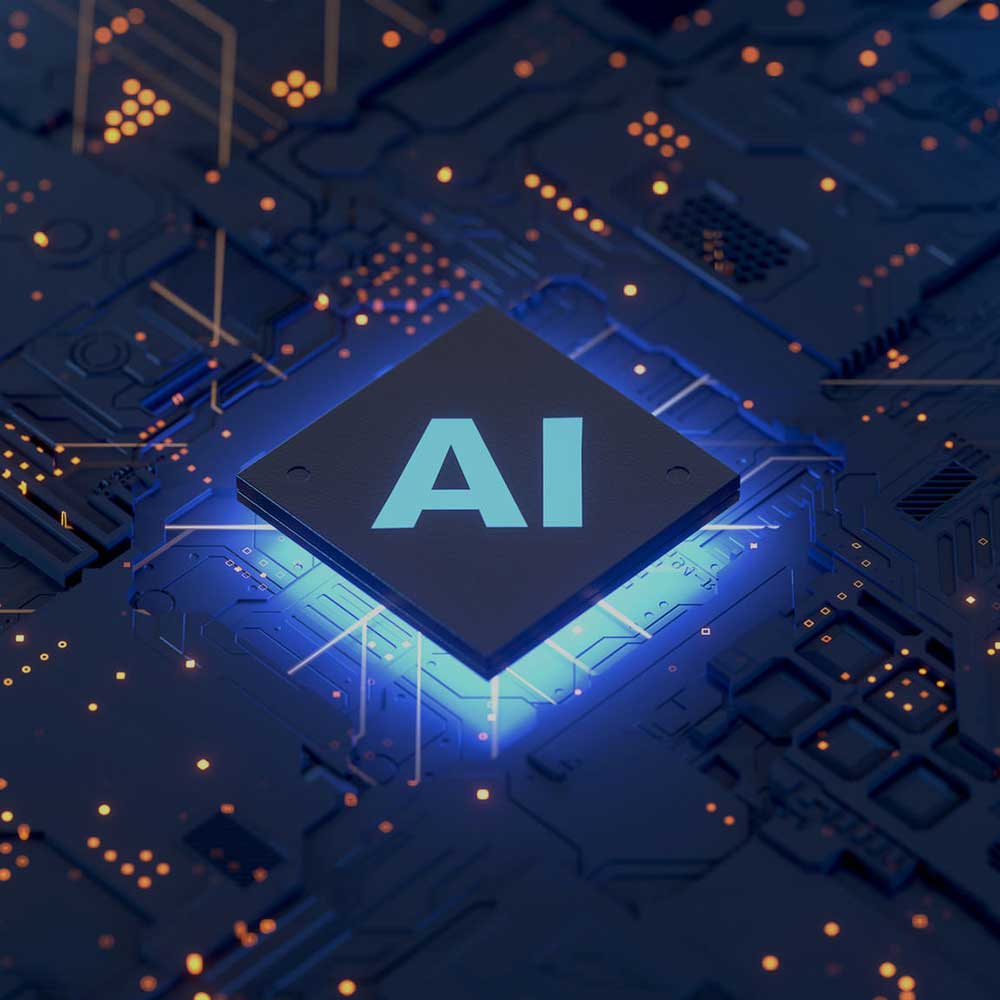A recent spate of artificial intelligence (AI) innovations has become the talk of the town lately. There are now AI-powered tools capable of producing in seconds the kind of high-quality research that might take your average human hours, or even days, to compile. Other AI “bots” can create 2D and 3D graphics from basic keywords like “red piano with one missing pedal.” AI can even take a description such as “80’s synth-pop anthem” and turn it into a surprisingly convincing—and catchy—song.
The question is, how does AI create this technological magic? Let’s jump into a quick primer to explore the broad strokes of artificial intelligence.
What is AI?
The essence of AI is the theory and development of computer programs designed to solve problems that might otherwise require intervention by human intelligence. Far beyond the mere capability of a standard computer’s number-crunching, AI is particularly adept at tasks that require visual perception, speech recognition, decision-making and word translation.
Just as with human intelligence, the “I” in AI connotes the perception, synthesis and inference of information. Unlike human intelligence, however, AI is demonstrated by machines. These machines often take the form of vast data centers capable of storing, analyzing and transferring massive amounts of data every minute of every day.
How AI works
AI systems employ iterative processing algorithms to analyze massive amounts of data and learn from the results. As an AI system processes a data set, it tests and measures its own performance to develop additional expertise. This process is called Machine Learning. Using this technique, the AI grows more powerful and is better able to solve problems over time.
Data scientists’ ultimate goal is to create an AI system that can perfectly model human behavior and use that facility to solve increasingly complex problems. To accomplish this task, AI innovators employ a growing subset of related technologies, including Deep Learning, which uses artificial neural networks to mimic the biological neural networks in the human brain.
Natural Language Processing (NLP) is another vital advancement in the development of AI. NLP enables AI systems to recognize, analyze, interpret, and understand human language. You might be sitting next to an NLP-enabled system as you read this. Smart assistants like Siri and Alexa use NLP to parse verbal commands like “set the alarm for 8 am” or “what’s the weather like today?” and produce the desired results.
The future of AI
Those among us with a glass-half-empty attitude may envision an unpleasant future for AI—something like The Matrix, in which computers conquer the human race and use us as batteries. Those of us who prefer to adopt a glass-half-full outlook hope to see AI as a great victory for humanity.
AI systems may one day be powerful enough to cure cancer or prevent the impending climate change disaster. AI may help us journey to the farthest reaches of our galaxy and beyond. It could help produce boundless healthy food and clean water for every member of our growing population.
One thing’s for sure: AI is a vital emerging technology that will continue to impact multiple markets as it matures. Now is the right time to consider how it can help you grow your business and increase revenue.

















